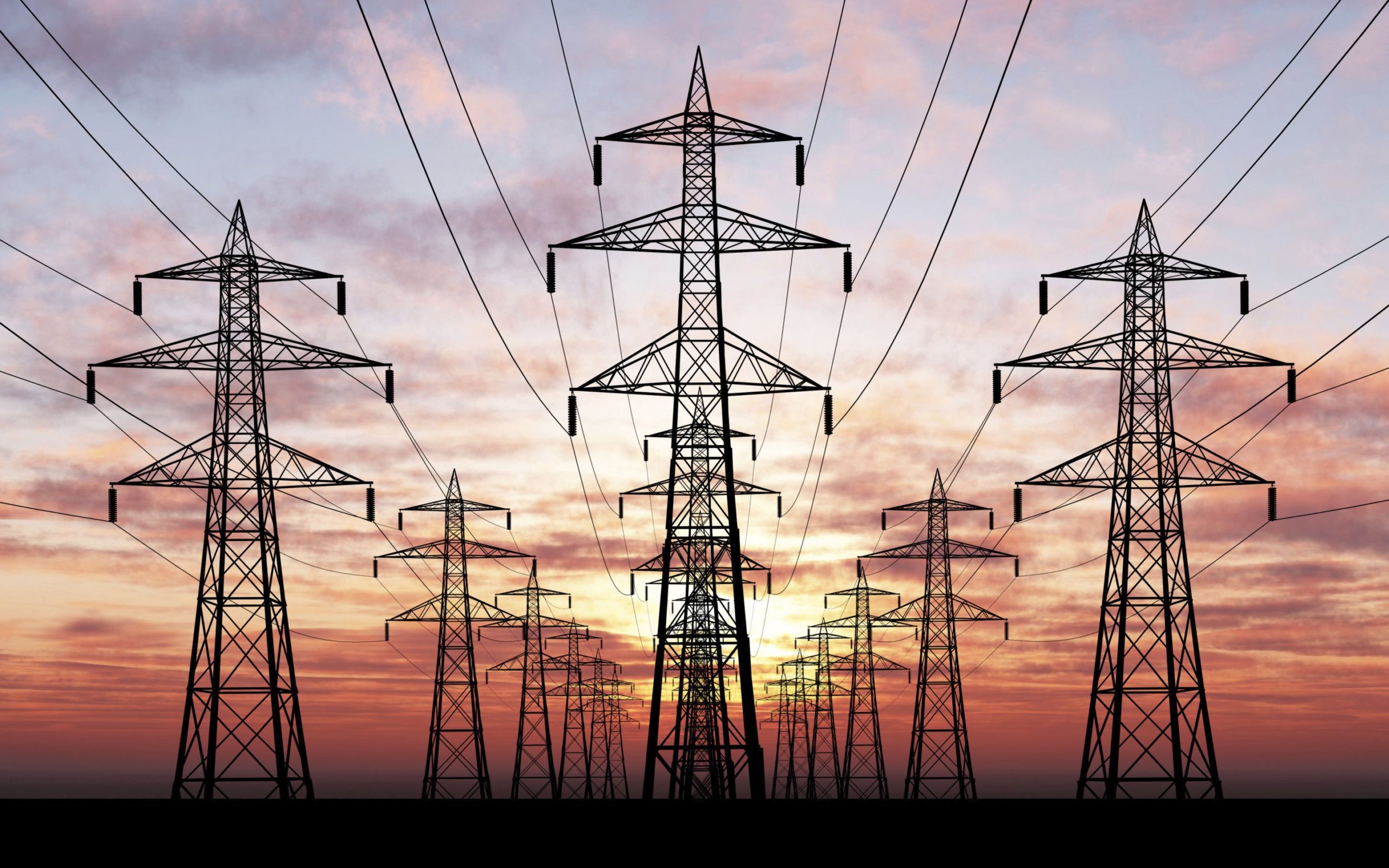Engineering Post Report
The energy side bottlenecks have hampered the economic growth of the country in the past. In order to address the energy sector shortage , massive projects were planned and launched by the previous governments between 2013-18 adding a cumulative capacity of 12230 megawatt of power to the power generation capacity.
However , the transmission and distribution sides of the power system congestion and inefficiencies somehow have hampered the sustained delivery of energy services to the domestic, commercial and industrial consumers throughout the country resulting in power outages and load shedding of varying durations in the urban and domestic areas. Additionally, the higher energy prices were also a by-product of such aggressive capacity additions during 2013-18.
Keeping in view the historical variability for each energy mix source in the country over the years the federal government formulated the Integrated Energy Plan which is not only helping in estimating the energy demands and respective supply paths for the future but also in formulating the evidence based long term energy policy.
Statistically speaking, in terms of energy-mix, during FY 2018 Pakistan’s reliance on oil has been reduced to 31.2 per cent while reliance on gas has also been reduced to 34.6 per cent while the share of hydel energy stood at just 7.7 per cent.
According to the official sources, though the declining share of oil is a welcoming sign, the diminishing share of hydro represents the shortsightedness of policy as well the inability of successive governments to undertake large capital-intensive projects in a timely manner.
The reduction of natural gas share is somewhat attributed to declining natural gas reserves as well as restricted consumption of gas in the transport industry as well as the induction of Liquified Natural Gas (LNG )since 2015. The share of imported LNG has increased from 0.7 per cent in FY 2015 to 8.7 per cent in FY 2018. The share of renewable energy was only 1.1 per cent in FY 2018 and that of the nuclear energy had increased to 2.7 per cent in FY 2018.
As far as the share of different sources of electricity generation is concerned, as per information available from the official sources, it can be observed that the share of hydel generated energy in overall electricity has decreased over the past few decades. Availability of water is one of the main reason for reduced power generation from hydel power plants. Presently, thermal has the largest share in electricity generation. Share of RLNG has also shown a tremendous growth in energy mix as it served the demand of various power plants i.e. Bhikki, Haveli Bahadur Shah, Balloki, Halmore, Orient, Rousch , KAPCO , Saif and Sapphire as well as that of fertilizer plants and industrial and transport sectors in the country.
The federal government is also on record to have shown its commitment for generating electricity through renewable energy sources. Though initially, the increase in the renewable in electricity was very nominal but it is expected that this share with further increase in the coming years.






